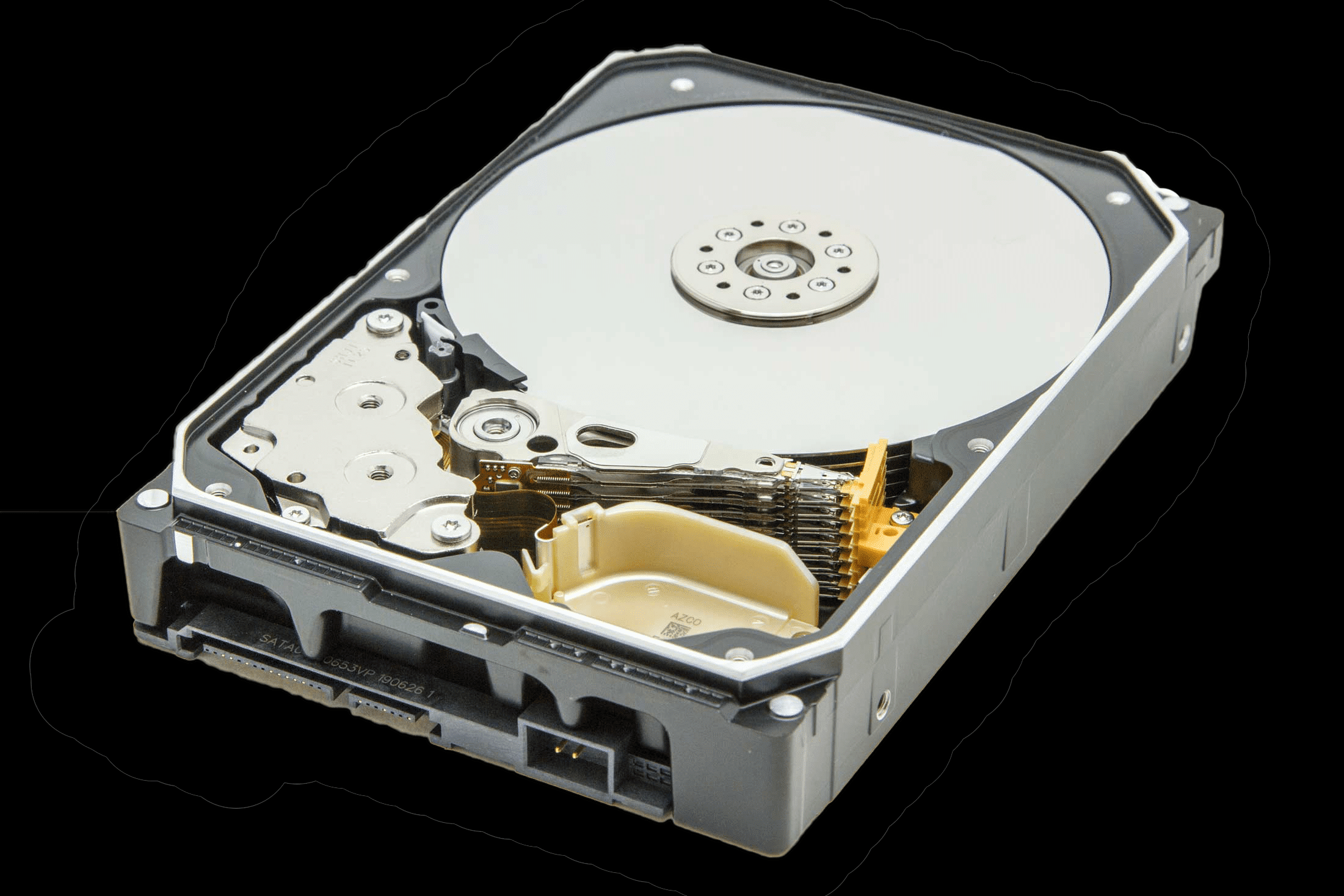Your 8TB HDD Might Seem Big Now, But 120TB Drives Are On The Way!

If things go as currently planned, Seagate will launch a 100TB hard disk drive (HDD) in less than a decade, which is more than five times the capacity of today's biggest HDDs. Then sometime after 2030, it will push single-drive storage capacities even further, to 120TB and beyond.
Even if Seagate needs to adjust its recently updated storage roadmap at some point, the fact that much bigger capacities are on the horizon reiterate that HDDs are not dead. Just the opposite, they accounted for over a zettabyte (1,000,000,000,000,000,000,000 bytes) of shipped storage last year. The need for bulk storage is continually growing, and that's not going to change anytime soon.
If you head over to Newegg, the largest HDDs available are 18TB. There are several different models starting at around $400. Among them is Seagate's 18TB Exos X18, a standard 3.5-inch SATA HDD stuffed with nine platters, that is intended for the enterprise market.
Part of Seagate's effort to massively increase storage capacities rests on heat-assisted magnetic recording (HAMR) technology.
"HAMR is a technology designed to enable the next big increase in the amount of data that can be stored on a hard drive. It uses a new kind of media magnetic technology on each disk that allows data bits, or grains, to become smaller and more densely packed than ever, while remaining magnetically stable. A small laser diode attached to each recording head heats a tiny spot on the disk, which enables the recording head to flip the magnetic polarity of each very stable bit, enabling data to be written," Seagate explains.
Looking a little closer down the line, Seagate anticipates launching 30TB+ HDDs in 2023, followed by 40TB+ drives by 2025 and 50TB HDDs in 2026.
Seagate revealed its updated roadmap during its recent Virtual Analyst Event (via Anandtech), where it talked about the need to move on from perpendicular magnetic recording (PMR) in order to continue pushing capacities into new territories.
"As we approach the maximum useful capacity of PMR technology, each successive drive increases by 1TB or 2TB at a time," said Jeff Fochtman, Seagate's senior vice president of business and marketing. "With HAMR technology, it allows us to jump in steps of 4 terabytes, 6 terabytes, or even 10 terabytes at a time."
Seagate also talked about adopting fully bit patterned media (BPM) to hit increasingly bigger capacities. This will enable increasing the maximum areal density from 2.6 terabits per square inch to more than 8Tb per square inch.
It will be interesting to see how Seagate approaches the consumer market in the coming years as HDDs balloon in size. HDDs are still great as secondary storage options, but for primary storage chores, solid state drives (SSDs) offer much better performance. SSDs will be getting bigger as well, just not on the same level of HDDs.
SSDs have also permeated the data centre market in some instances. Seagate acknowledges that SSDs will increase their value proposition in the coming years, but believes HDDs will still deliver a lower TCO (total cost of ownership) throughout this and next decade.













